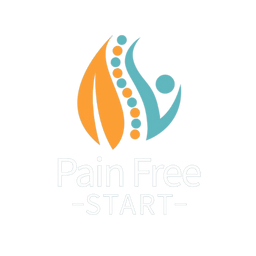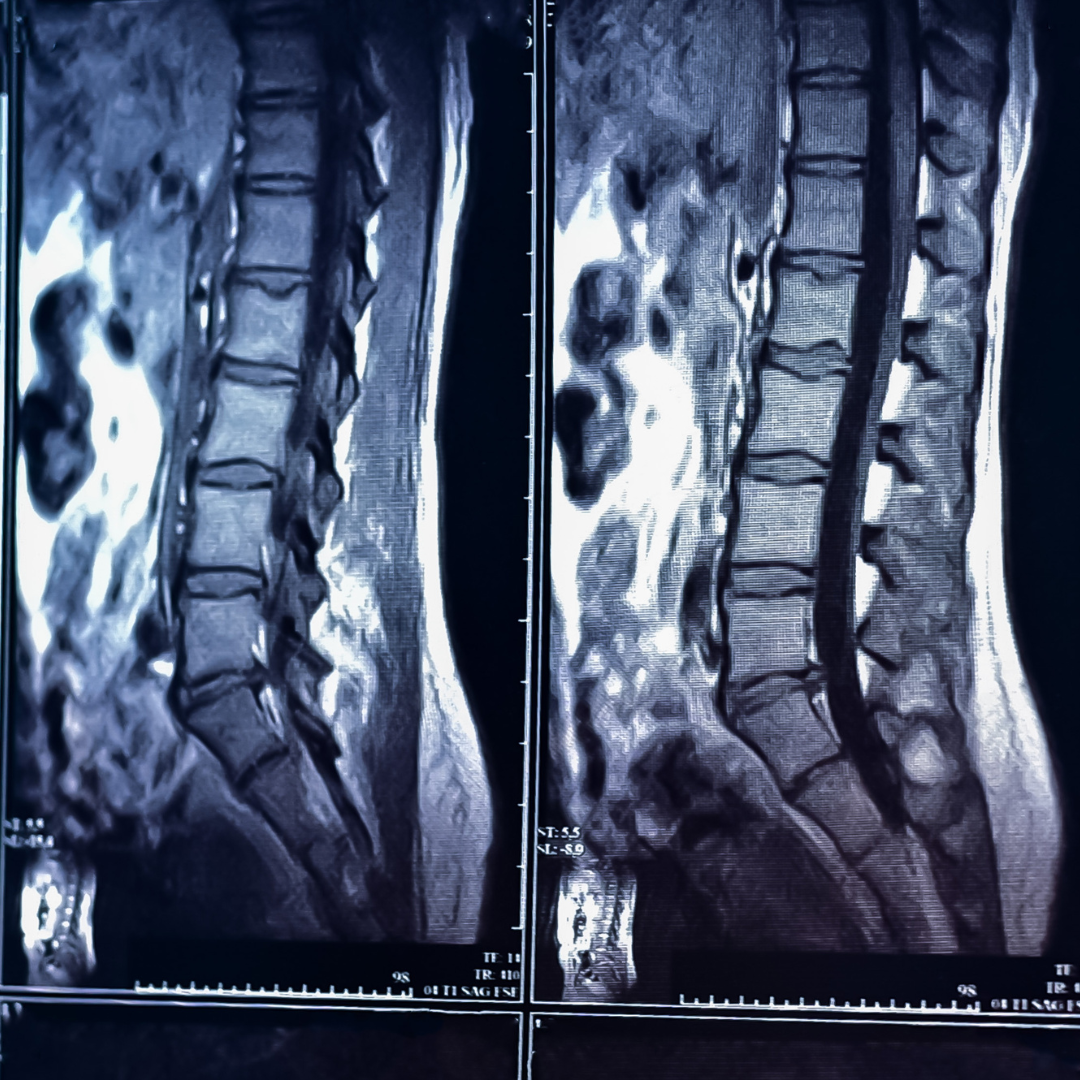Introduction
If you’ve recently had an MRI scan for your back, you might have found yourself staring at a long list of confusing terms—“disc bulge,” “degeneration,” “facet joint wear and tear”—and wondering if your spine is falling apart.
Let me reassure you: most MRI findings sound scarier than they are.
In this blog, we’ll break down what common back MRI findings actually mean, when they’re relevant, and why pain doesn’t always match what you see on a scan.
The Problem With MRI Reports
Modern imaging is powerful—it can see tiny changes in bone, disc, and tissue. But this can be a double-edged sword.
MRIs often show “abnormalities” in people with no pain at all.
Research shows that:
- 50% of people in their 30s have disc bulges with no pain
- This rises to 80% of people in their 50s and 60s
- Arthritis, small tears, and disc degeneration are incredibly common with age—like grey hairs inside your spine
So when you see words like “degenerative disc disease” or “mild protrusion,” it’s important to know:
- These changes might be completely normal for your age
- They may not be the reason for your pain at all
What Common MRI Terms Actually Mean
Let’s look at a few of the most common phrases and what they really indicate:
1. Disc Bulge
- A disc is like a cushion between your vertebrae. Over time, it may flatten or bulge slightly.
- This is not the same as a herniated disc, which may push on nerves.
- Most bulges are minor and don’t cause symptoms.
2. Disc Degeneration
- Despite the dramatic name, this just means wear and tear.
- It’s incredibly common and doesn’t always cause pain.
- Think of it like wrinkles—visible on the inside.
3. Facet Joint Arthritis
- These small joints in the spine can become stiff and inflamed.
- Again, common with age. Sometimes painful, often not.
- Can respond well to exercise to encourage movement and manual therapy.
4. Annular Tear
- A small tear in the outer disc layer. Sounds serious, but many people have these with no symptoms.
- Often part of the natural aging process.
5. Nerve Compression or Stenosis
- This one can be relevant, especially if you’re experiencing leg pain, tingling or weakness.
- Even then, the body is brilliant at adapting with the right help and rehab.

Pain vs Picture: They Don’t Always Match
One of the most important things I tell my patients is this:
“We don’t treat the scan—we treat you.”
Some people have terrible-looking scans and no pain. Others have clean scans but debilitating symptoms. That’s because:
- Pain is a complex experience—it involves the nerves, the brain, your emotions, movement patterns, posture and more.
- MRIs only show structure—not how your body is moving, compensating, or coping.
Case Study 1: Scary Scan, Minimal Symptoms
Simon, 54, came to see me after an MRI showed a “broad-based disc bulge and facet joint degeneration.” He was worried sick and scared to move because of his scan. But when I assessed him in clinic, we found he lacked only minimal strength and movement. With reassurance and a good exercise plan, he was pain free, confident and back to walking the hills in just 6 weeks.
Case Study 2: Normal Scan, But Lots of Pain
Jade, 41, had awful back spasms, sciatica and lacked confidence in her back. Her MRI was “normal.” But she had weak glutes, poor core control, and postural overload from long hours at a desk. Once we addressed the real causes, (strength and posture) her symptoms improved dramatically.
Takeaway: Your Scan is Just One Piece of the Puzzle
MRIs are a tool—not a diagnosis.
So if you’ve had one recently, don’t panic. Instead:
✅ Take the findings in context
✅ Focus on how you feel and move
✅ Know that change is possible—whatever your scan says
TOP TIP – You can never go wrong improving the strength and function of your back. I see this daily with patients in clinic and you can do the same with my Pain Free Back Program. The stronger and better aligned your back is the better it will function, the more confidence you will have and rarely will you have pain.
Want Help Moving Forward?
If you’ve had an MRI and you’re not sure what to do next, then my FREE Back Pain Masterclass will be a great next step. You’ll learn:
- What steps to take to improve your back pain.
- Understand where you may have been going wrong.
- Develop you own management strategy.
I would LOVE to see you there. You are in very safe hands.
Click here to join the FREE masterclass
Keen to get started will a full rehab program straight away then take a look at my Pain Free Back Program. This is the same program Jade and Simon completed.
Conclusion: Your Scan Is Not Your Destiny
If you’ve had an MRI and it left you more confused than reassured, you’re not alone. Many scan results sound alarming but reflect normal age-related changes—not damage or dysfunction.
Your symptoms matter more than the words on a report. That’s why we treat the person, not just the picture. A clear scan doesn’t mean you’re imagining your pain, and a scary scan doesn’t mean you’re broken. What matters is how you feel, move, and function—and that can improve with the right support.
So if you’re feeling stuck, don’t let a report define your future. There’s a way forward. I’m here if you need.
Take care, Helen
Helen Manders BSc (Hons) MCSP HCPC
Chartered Physiotherapist
Treating Back Pain Since 2001




